THE PERSECUTION OF CHRISTIANS - PART 3
St. Peter's Cross, Constantine, SOL INVICTUS, Mithras, Phrygian Cap, Baal, Eagle Symbolism, Babylon and the Pagan Origins of Christmas and Easter.
In PART 2, we went over the first 300 years of Early Christianity, until Constantine created the Roman Catholic Church, where Christians typically met in homes. Prayer and service took place mainly in private homes, as described in the book of Acts of the Apostles.
The first house church is recorded in Acts 1:13, where the disciples of Jesus met together in the 'Upper Room' of a house:
"The churches of Asia greet you, especially Aquila and Prisca greet you much in the Lord, along with the church that is in their house."
- I Corinthinans 16:19
The Roman Catholic Church recognizes St. Peter, one of Jesus’s 12 apostles, to be the 1st Pope of Rome. It’s also interesting that Peter was the only apostle the was crucified upside down and is recognized by an upside-down cross.
St. Peter's Basilica was begun by Roman Emperor Constantine between 319 and 333 AD. The headquarters of the Vatican includes the Basilica and St. Peter’s Square and is still located in this location almost 2000 years later.
What’s interesting is that the blueprint of the building is the cross but which cross is it? Well since it’s named after St. Peter it’s most likely the upside-down cross.
The upside-down cross is a very important symbol to the Vatican.
Constantine became emperor in 306 AD and ruled for 31 years. Christianity became the official religion of the Roman Empire in 324.
Christianity grew from 7000 people in 100 AD to 6 Million in 300 AD, which was 10% of the population. Ancient Rome saw this growth as a threat to the Roman Empire's Pagan Religion of worshiping the Sun and the Emperor's themselves. The faith continued to grow, even during the Roman Persecutions, which means the Roman Empire couldn't stop the growing faith.
Constantine needed to a way to convince Christians to fight for him in his army, which was most likely the main reason for legalizing Christianity throughout the empire.
But Constantine also needed to keep his high ranking legions happy, which is why we see a merging of Mithras / Sun Pagan traditions and symbols into Constantine's Roman Christianity.
So why does Constantine, the Pagan Roman Sun God and Jesus all look the same?
Constantine wanted to merge the unstoppable growing faith of Christianity with the Pagan roots of the Roman empire. The romans knew that killing Christians would just grow the faith even more so they had to infiltrate it with their pagan symbolism.
At the Archbishop Chapel in Ravenna, Italy Roman Bishops created a mosaic in 450 AD of Jesus being depicted as the Roman Emperor in a military role with a Sun Crown behind his head.
Because of Constantine, Rome wanted Jesus to mirror Rome's image rather than Rome mirroring the image of Jesus.
Constantine extended many benefits to pagan priests who became Christian ministers. They received monetary support from the Empire and didn't pay taxes. Pagan Rome needed to infiltrate and lead this rapidly growing religion.
The Roman Emperor prior to Constantine was Diocletian, who was responsible for the Great Persecution in 303. This event led to many Christians being killed for their faith.
In North Africa, Christians who were caught were allowed to live if they turned in their Bibles to authorities. They were known as traditores - "those who handed (the holy thing) over". This is also where the word traitor comes from.
The Donatists did not allow traditores to become priests in their Christian Church in North Africa, which went against Constantine's orders.
Constantine then used his army in an effort to compel Donatist' obedience by burning churches and martyring some from 317 – 321.
The Red Phrygian Cap of Mithras
Constantine was devoted to Mithraism or the Cult of Mithras. Worshippers of Mithras had a complex system of seven grades of initiation and communal ritual meals. Initiates called themselves syndexioi, those 'united by the handshake'.
Mithraism was identified as Sun worship by modern historians. Their main ritual involved sacrificing a bull to the Pagan Sun God.
In 145 CE, the early Christian apologist Justin Martyr charged the cult of Mithras with imitating Christianity.
The Red Cap of Liberty is also known as the Phrygian Cap, Mithraic Cap, sacrificial Cap, mitre and in French as the bonnet de laLiberté or bonnet rouge. It symbolizes the sacred acts of Initiation, Sacrifice, Liberty, Revolution, Enlightenment, and Brotherhood.
The whole is a sign of “initiation,” and of baptism of a peculiar kind.
The origins of the Phrygian Cap can be traced to the child sacrificing false god Baal. The earliest statue of Baal can be seen wearing a pointy hat with a ball at the top of it, signifying the importance of the Phrygian Cap to the cabal - Source
Baal in Canaan
Horus in Egypt
Mithras in Rome
Goddess Libertas
Ganymede / Zeus transformed into an eagle
Seal of US Army
Symbol of French Revolution
The Apotheosis of Washington Fresco under Senate Building Dome
The cult of Mithras was highly elitist and exclusive, which basically closed its way to the masses and was particularly popular with legionaries. We find traces of the cult of Mithras everywhere legions were stationed – from the shores of the Black Sea to Britain and the Sahara desert.
It was the soldiers, constantly moving around the Empire, that became missionaries of Mithras. Scientists, having assessed the relics with inscriptions, concluded that the main followers of Mithras were merchants and soldiers - Source
The Eagle (Aquila in Roman) was a prominent symbol for the legionaries. A legionary was known as an aquilifer (the "eagle-bearer").
The Arch of Constantine is littered with Eagle's but no Christian symbols.
Ganymede (the greek pre-cursor to the Roman Mithras), is known for wearing a Phrygian Cap and is associated with an Eagle.
Ganymede is also identified with Aquarius. Aquarius is known as GU.LA "The Great One" in the Babylonian star catalogues and represents the god Ea himself, who is commonly depicted holding an overflowing vase.
The dawning of the Age of Aquarius is associated with the New World Order.
Constantine’s Obsession with the Pagan Sun God
Constantine's official coinage for Rome included images of Sol until 325/326. The coin depicted Sol Invicuts with the legend SOLI INVICTO COMITI (Unconquered Sun in Latin).
Constantine decreed on March 7, 321 DIES SOLIS – the day of the Sun, "Sunday" – as the Roman day of rest:
"On the venerable day of the Sun let the magistrates and people residing in cities rest, and let all workshops be closed. In the country however persons engaged in agriculture may freely and lawfully continue their pursuits because it often happens that another day is not suitable for grain-sowing or vine planting; lest by neglecting the proper moment for such operations the bounty of heaven should be lost."
In 330, Constantine set up a statue which is a key to understanding his private beliefs. After decades of supporting Christianity, he appeared as a statue of the sun god in the forum.
The column became the center of the Forum of Constantine, nowadays known as Cemberlitas Square in Istanbul.
The statue on the top of the monument presented Constantine in the likeness of Apollo with a sun crown, a symbol of the kings from the times of Alexander the Great.
After his "official conversion" to Christianity in 312, Constantine built his triumphal arch in Rome. It is interesting that it wasn't dedicated to the symbols of Christianity, but to the Unconquered Sun.
Statuettes of Sol Invictus (the Roman Sun God) appear in three places on the Arch of Constantine.
During his reign, he changed many aspects connected with pagan cults , but that doesn’t mean that he stopped the cultivation of old traditions.
On the Arch of Constantine, the Roman Sun God is very pronounced in stone riding 4 horses.
When the Arch was finished in 315, it included a bronze statue of Constantine riding 4 horses, imitating the Sun God.
At the very top of the Arch reads INSTINCTV DIVINITATIS, which means Divinely Inspired. Constantine was obsessed with the Sun God and himself.
Constantine's Arch was carefully positioned to align with the colossal statue of Sol by the Colosseum, so that Sol formed the dominant backdrop when seen from the direction of the main approach towards the arch in Ancient Rome.
Also at the top of the Arch of Constantine in Rome there are 8 bearded men wearing the Phrygian Cap of the Mithraic Priesthood.
The romans wanted to make Christians believe the Phrygian Caps and Christmas were part of Christianity, which is why we see Phrygian Caps in this 565 AD mosaic called 'The Three Magi' at the Basilica of Sant'Apollinare Nuovo in Italy.
The Winter Solstice and Spring Equinox Pagan Holidays
The Philocalian calendar of AD 354, part VI, gives a festival on December 25th of "N·INVICTI·CM·XXX" – "Birthday of the unconquered, games ordered, thirty races" – is the oldest literary reference to the pagan feast of Sol Invictus.
It is a winter solstice holiday celebrated on December 25th, in dedication to King Helios. It is a feast day observed as the point when the sun renews itself, the cold winter is defeated, and the sun is reborn once again. Emperor Julian links the celebration as something based on the practices of Numa Pompilius.
The same Philocalian calendar, part VIII, also mentions the birth of Jesus Christ, stating that the "Lord Jesus Christ was born eight days before the calends of January" (that is, on December 25) - Source
Saturn driving a four-horse chariot (quadriga) on the reverse of a denarius issued in 104 BC by the plebeian tribune Saturninus, with the head of the goddess Roma on the obverse: Saturninus was a popularist politician whose Saturnian imagery played on his name and evoked both his program of grain distribution to aid the poor and his intent to subvert the social hierarchy, all ideas associated with the Saturnalia.
The modern day Santa Claus wears a red Phrygian cap and flys through the air just like the pagan sun god of Rome. Mithras was known as a Sun God with the birthday of December 25th, meaning the holiday in Rome was dedicated to the Sun God.
SATURNALIA was the pre-cursor Roman festival to the Dec. 25th festival of NATALPUBEIS INVICTI.
It was part of the holiday in honor of the god Saturn, held on 17 December of the Julian calendar and later expanded with festivities through to 23 December.
The holiday was celebrated with a sacrifice at the Temple of Saturn, in the Roman Forum, and a public banquet, followed by private gift-giving, continual partying, and a carnival atmosphere that overturned Roman social norms.
The Hilaria "the cheerful ones" was a ancient Roman religious festival celebrated from March 15 - March 25 on the March equinox to honor Cybele, the Mother of all the Roman Gods - Source
The full festival can be tentatively reconstructed (with the days of the festival literally translated) as follows:
15 March. "The Reed Entered". Its exact significance is uncertain (the reeds may refer to the river bank where Attis was exposed as a child and rescued by Cybele). A nine-day period of abstinence from bread, pomegranates, quinces, pork, fish, and probably wine began. Only milk was permitted as a drink.
22 March. "The Tree Entered" (Arbor intrat). A pine tree is felled. The tree is set up at the Temple of Cybele, its trunk wrapped in wool, and its branches decked with wreathes of violets.
23 March. A day of mourning.
24 March. "The Day of Blood" (Sanguis). Frenzied rites including scourging and whipping. Castration rituals would take place on this day. The tree is symbolically buried.
25 March. "The Day of Joy" (Hilaria) celebrating the resurrection of Attis. This was the hilaria proper (as opposed to the mournful tone of the previous days).
26 March. A day of rest.
27 March. "The Washing" (Lavatio). Added by Marcus Aurelius.
28 March. Possible ceremony at the Vatican sanctuary. Appears in the Calendar of Philocalus.
The Megalesia was a festival celebrated in Ancient Rome from April 4 - April 10, in honor of Cybele, known to Romans as Magna Mater (Great Mother) - Source
Cybele was the mistress of wild nature (symbolized by her constant companion, the lion), a healer, the goddess of fertility & protectress in time of war - Source
So who was the precursor to Rome in celebrating these pagan holidays that were celebrated during the Winter Solstice and Spring Equinox?
It was Babylon.
The Babylon Roots
The Paschal full moon is the ecclesiastical full moon of the northern spring and is used in the determination of the date of Easter. The date of Easter is determined as the first Sunday after the "paschal full moon" that falls on or after March 21.
Notice the similarities with the Moon and Spring?
The Babylonian calendar began with the first new moon after the March equinox, the day after the return of the Sumerian goddess Inanna (later known as Ishtar) from the underworld, in the Akitu ceremony, with parades through the Ishtar Gate to the Eanna temple and the ritual re-enactment of the marriage to Tammuz, or Sumerian Dummuzi.
Today, we see a secular culture celebrating the spring equinox, whilst religious culture celebrates the resurrection. However, early Christianity made a pragmatic acceptance of ancient pagan practices, most of which we enjoy today at Easter. The general symbolic story of the death of the son (sun)… and his rebirth, overcoming the powers of darkness, was a well worn story in the ancient world.
- The Pagan Roots of Easter", 2010, p. 1
So, now we see the holiday of Easter really comes from Babylon - spreading out, first, to the various nations or empires of the world (such as Egypt); which sprout up their own versions later. From there, it spread to the ends of the earth.
First, some may try to say that Passover and Easter are almost the same; yet there are some differences, however. For one, Passover is customarily celebrated on a certain day of the year; and:
Easter is an ancient spring festival… The date of Easter is not fixed, but instead is governed by the phases of the moon…
- The Pagan Roots of Easter", n. d., p. 1
…how pagan is that? Yes, why connect a Christian holiday to the phases of the moon? That’s a method a typical pagan - one who looks to the natural world for "signs" - might use. Possibly, some of Christianity had arrived to those of pagan persuasion, over time; and Easter had to become an amalgamated holiday - a holiday made to "fit in with everybody."
Also, how many modern Christian churches might have those "sunrise services" on Ishtar's day, or make attempts to face the rising sun (in the east) at a time?
Although we see no celebration of Easter in the New Testament, early church fathers celebrated it, and today many churches are offering"sunrise services" at Easter – an obvious pagan solar celebration. - The Pagan Roots of Easter", n .d., p. 1
At these “sunrise services,” seems the main quantifier, here, is - of course - the sun. Why? What’s the importance of having a service at sunrise, anyway - or having to face it - if there wasn’t at least some connection to the sun, here?
These customs of Easter honor Baal… (who) is still worshipped as the"Rising Sun" and his house is the "House of the Rising Sun."
- The Pagan Origin of Easter", n. d., p. 1
In the Bible, we do see the ancient pagans of the past would maintain:
…their backs toward the temple of the LORD, and their faces toward the east, and they worshipped the sun toward the east… for they… have returned to provoke Me to anger…
- Ezek. 8:16-17 (KJV)
Interesting how the Bible also stated how these acts actually provoked anger in the Lord! Again, why? Of course, it was because the observation of the sun seemed a serious infraction to God - and all of it was related to paganism.
Going back to Semiramis’ supernatural story, we'll discover that there was even more to her pagan symbolism, here on earth: she claimed that (in an esoteric way) her godliness “came down from the moon in a giant moon egg that fell into the Euphrates River.” In other words, the egg now had become the new symbol of the new “ways” she laid out for the populous. Her supernatural egg was now considered “emblem of generative life,” and rebirth... the "Ishtar egg."
Rabbits are seen as symbolizing fertility, but they can also represent new beginnings. This is mainly due to their association with springtime and rebirth – which harks back to many other far older beliefs - Source
Just as with the holiday of Easter, new names would be inserted for these original gods of Babylon, according to each empire or nation which adopted it. And, just like Easter, the winter solstice festival also seemed connected to the cycles in nature (such as the changing of the seasons). So, as one could guess, its just another part of this same, founding Babylonian story of old. So, now we are beginning to see that the birthday of December 25th was, at first, celebrated as that of the reborn, pagan god of Babylon: Nimrod (or Tammuz). And, as one could guess, this practice must have spread beyond this early time of Babylon, to the rest of the ancient world… and this, of course, includes ancient Rome.
“The queen (Semiramis) told the worshippers that when Nimrod (aka Tammuz) was killed… some of his blood fell on the stump of an evergreen tree, and the stump grew into a full new tree overnight. This made the evergreen tree sacred by the blood of Tammuz.”
- The Pagan Origins of Easter, n. d., p. 2
Obviously, we see the Christmas tree really comes from an old Babylon fable, telling of an evergreen tree which sprang out of a dead tree stump. This obviously symbolized dead Nimrod; and the new evergreen tree symbolized how he had come to life again - as the reborn, unconquered god.
It clearly seems that a tree - especially an evergreen - was a pagan symbol of the god born on this day. And, since the evergreen tree never seemed to look as though it “dies” - because it stays green all winter - it became the perfect symbol of a martyred god, "reborn" on this day. Now, we also have the connection of this holiday to the season of winter: because Nimrod "reborn" was said to have come out of the underworld (a place of the dead) - similar to the dark, "death-like" surroundings the cold of winter gives us.
“Many of the plants used at Christmas are symbols of fertility. Certainly any evergreen (fir, yew, laurel) with its ability to return verdure in the barren months is appropriate…”
- The Shocking Pagan Origins of Christmas, n. d., p. 9
Again, we see it all comes from a pagan origin. With all this paganism about, could the Bible have a little something to say about the use of plants, such as this; in these ways? Yes, the "Christmas tree," interestingly enough, may have been among those pagan elements condemned by the Word of God.
The prophet Jeremiah wrote:
“Thus saith the LORD, Learn not the way of the heathen, and be not dismayed at the signs of heaven; for the heathen are dismayed at them. For the customs of the people are vain: for one cutteth a tree out of the forest, the work of the hands of the workman, with the axe. They deck it with silver and with gold; they fasten it with nails and with hammers, that it move not. They are upright as the palm tree…”
- Jer. 10:2-5 (KJV)
Christmas is the celebration of the Winter Solstice and Easter is the celebration of the Spring Equinox. It is more apparent with Easter because it follows the moon cycle to determine which Sunday Easter will be celebrated on. All the information regarding Babylon Christmas and Easter is from this great - Source.
Continued in PART 4 …

























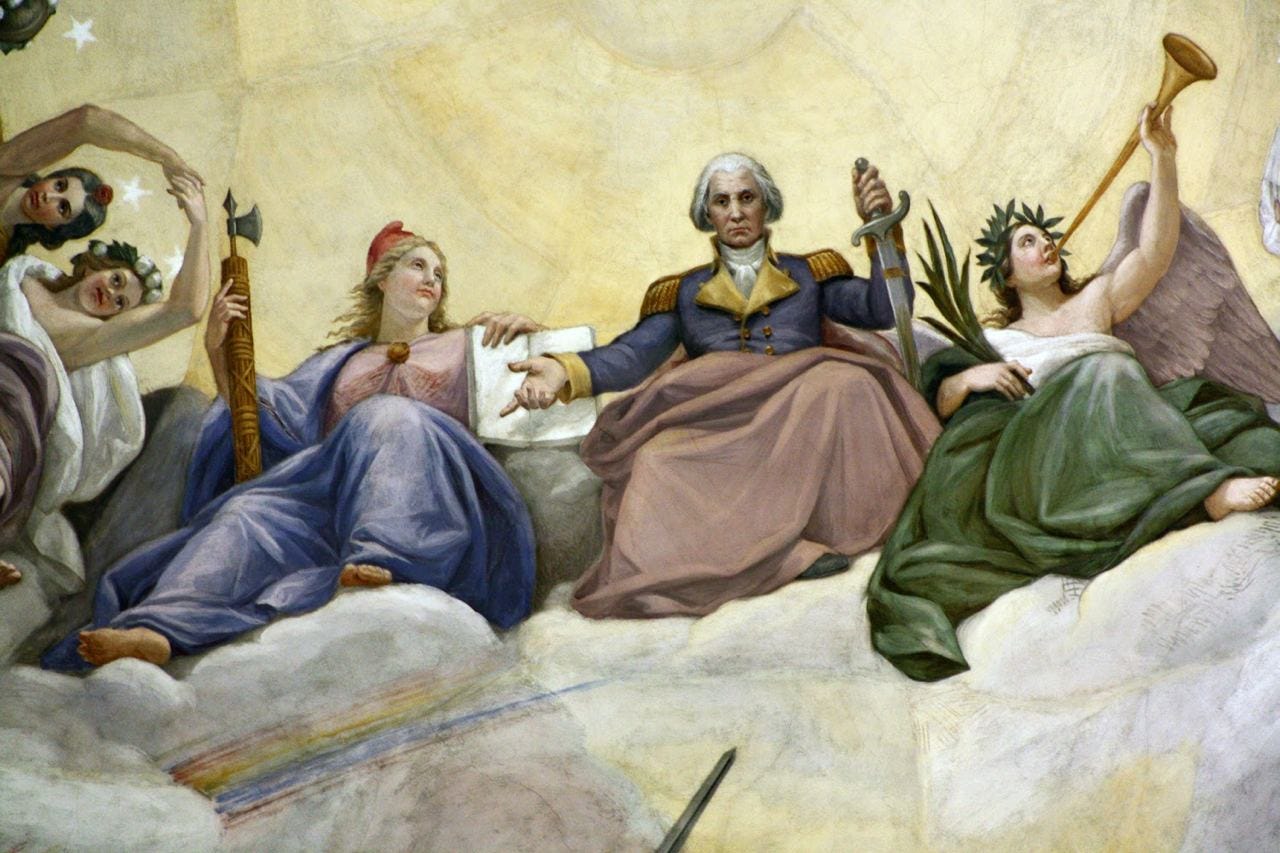

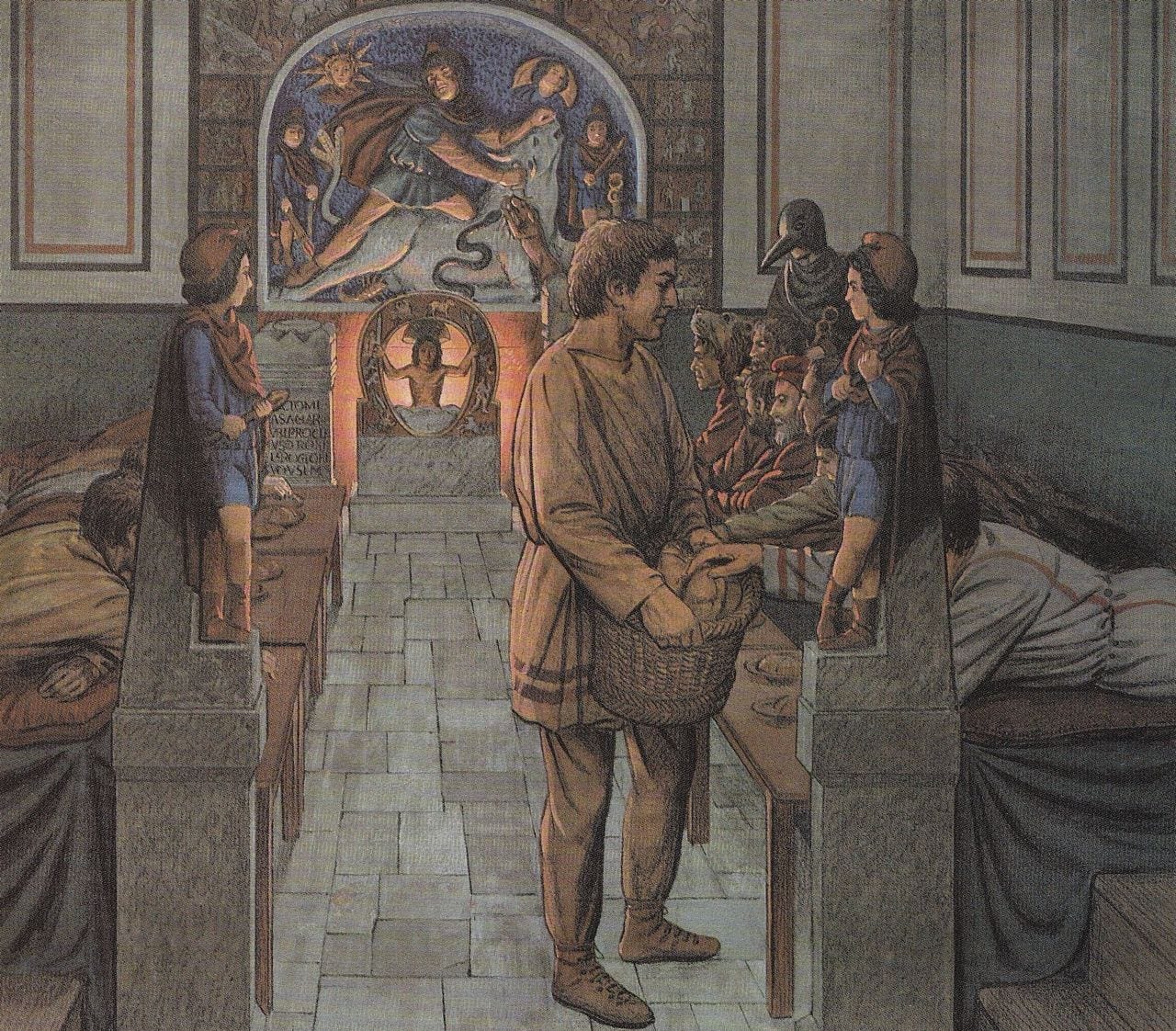



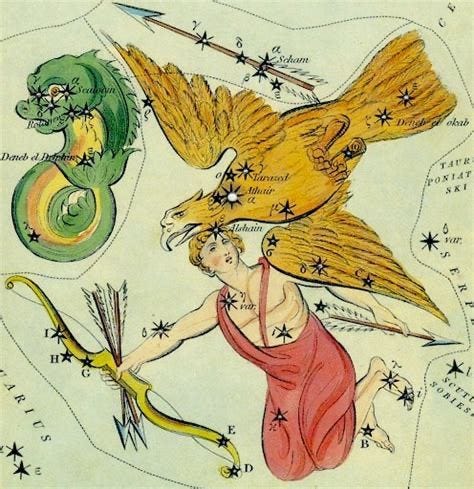
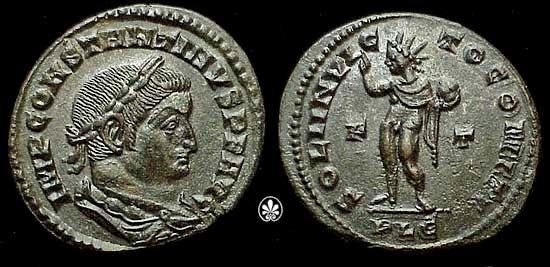
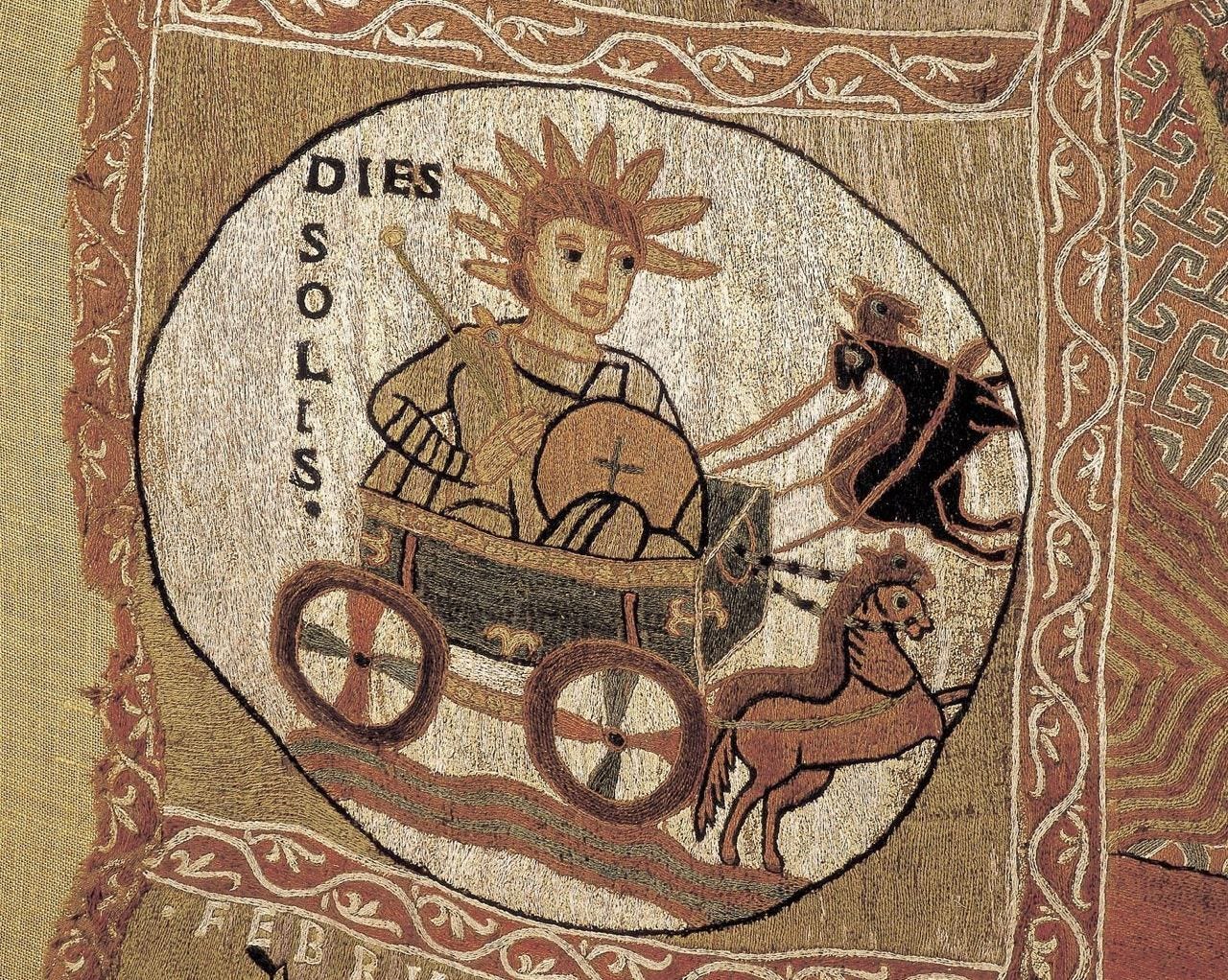





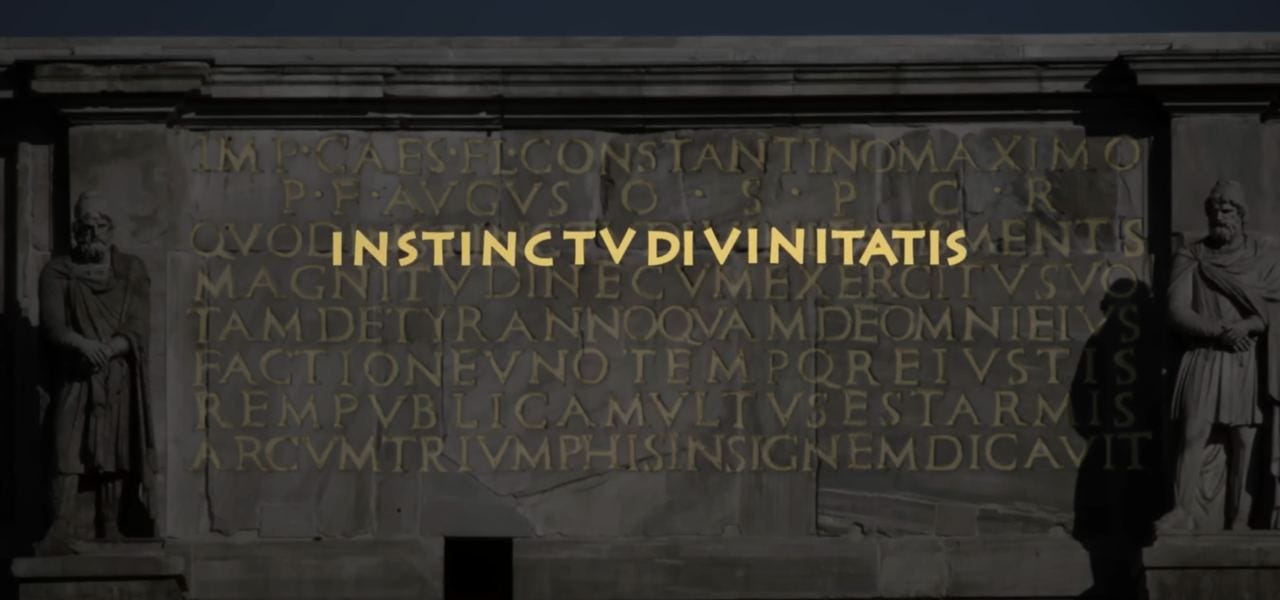


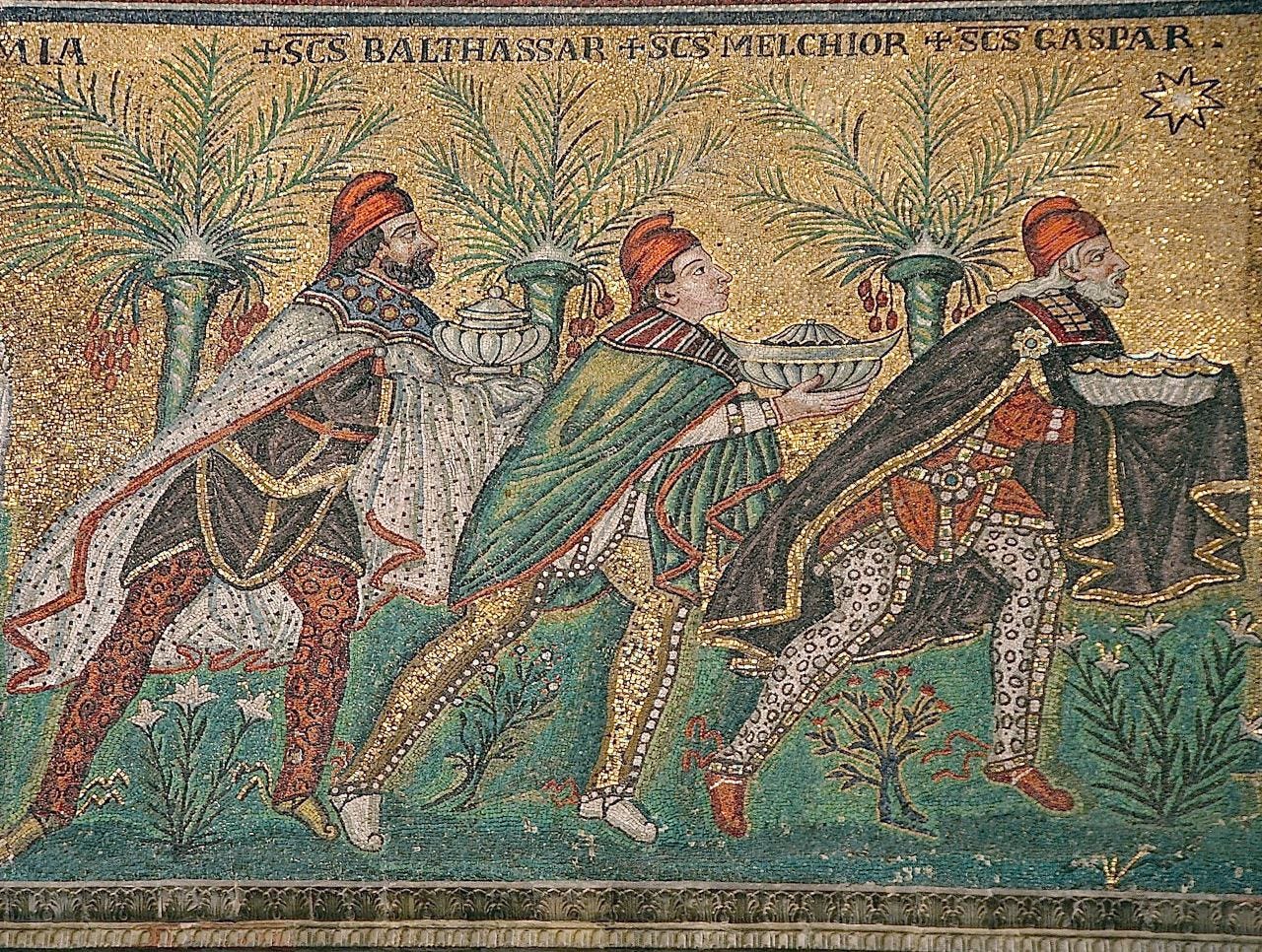




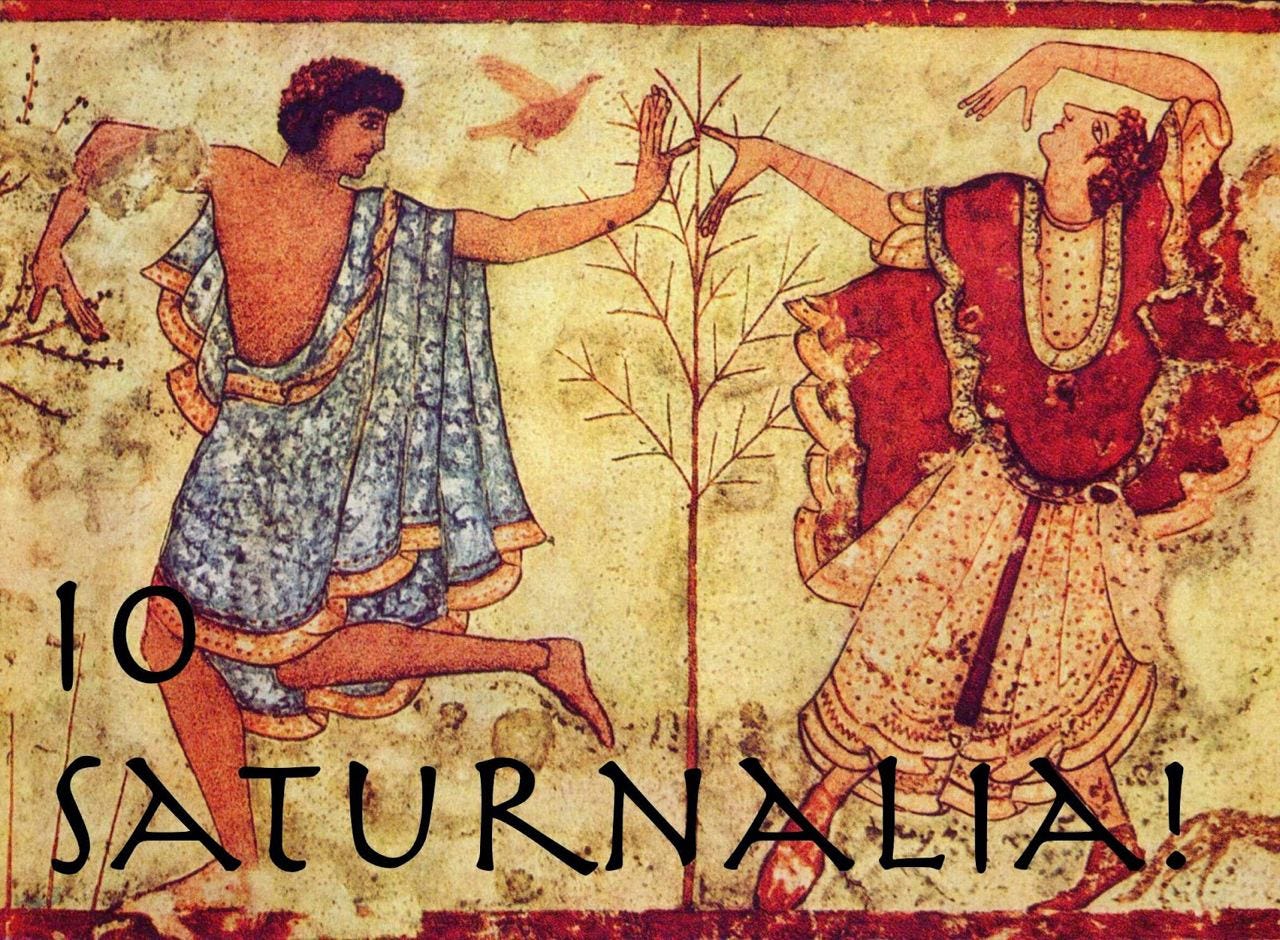
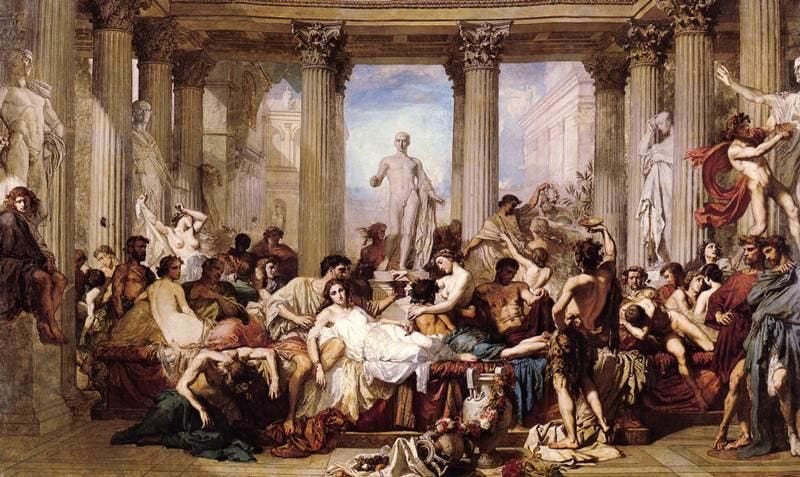










Thank you for what you do brother. God bless you! ❤️
True. I’ve studied ancient civilizations and was aware of this for a long time; also aware of how the ‘evil one’ used insidious methods to wrap Christian beliefs over ancient pagan religions. This, however, cannot negate what God ordained for mankind, that He would send His only Son to assume our sins and pay the ultimate price to ransom those whom God gave Him.
Excellent research. Thank you.
God bless you in your continued search for truth.🙏